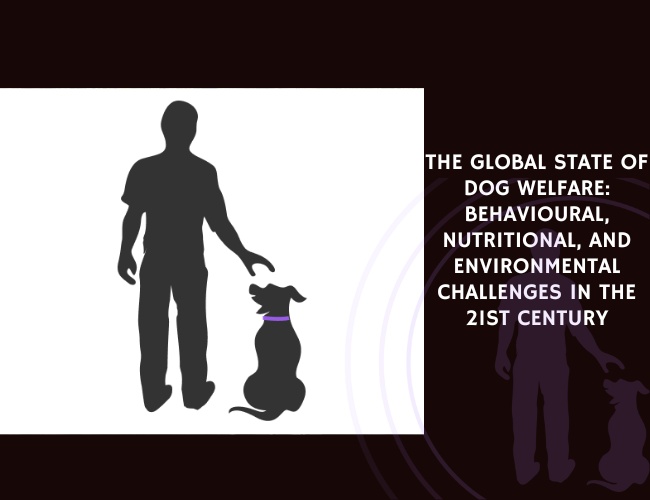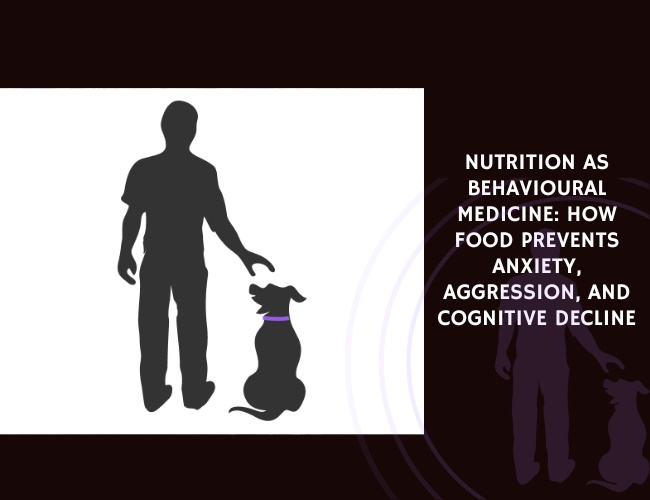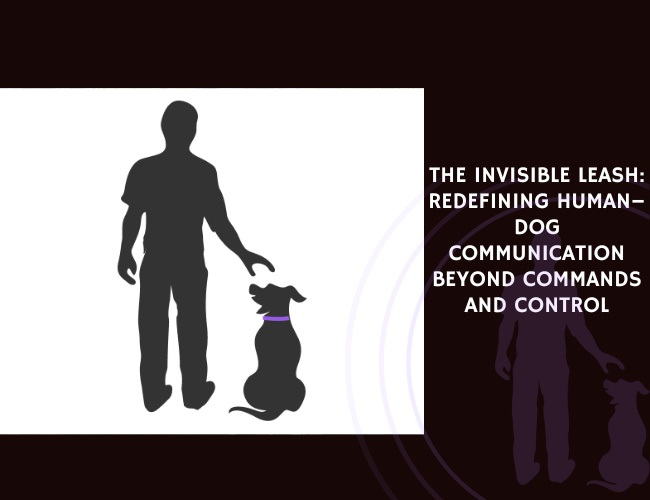Attention plays a central role in perception, cognition, memory, and consciousness. In this cross-sectional study, Wallis et al. examined how attentiveness changes with age in pet dogs, comparing developmental trajectories to human patterns. A total of 145 Border collies aged from 6 months to 14 years were tested with attention attractors such as humans, objects, and food.
The results showed that middle-aged dogs demonstrated the highest levels of selective attention and sensorimotor performance. Puppies and adolescents were more easily distracted, while senior dogs exhibited reduced sustained attention and slower responses, mirroring attentional decline in elderly humans. Interestingly, dogs maintained differences in task relevance depending on whether the stimulus was human or object-related, suggesting that life-long learning influences attentional performance.
The study also found that sensorimotor abilities were closely linked with selective attention, and both followed a quadratic curve across the lifespan—improving through early development, peaking in mid-life, and declining in older age. These findings support the hypothesis that sensorimotor control and attentional regulation are deeply interconnected across mammalian species.
By revealing close parallels between dogs and humans in attentional development and decline, this research strengthens the case for using dogs as a model species for studying aging, cognitive health, and neurodegenerative diseases.
Source: Wallis, L., Range, F., Müller, C. A., Serisier, S., Huber, L., & Zsó, V. (2014). Lifespan development of attentiveness in domestic dogs: drawing parallels with humans. Frontiers in Psychology, 5. Published February 7, 2014.










